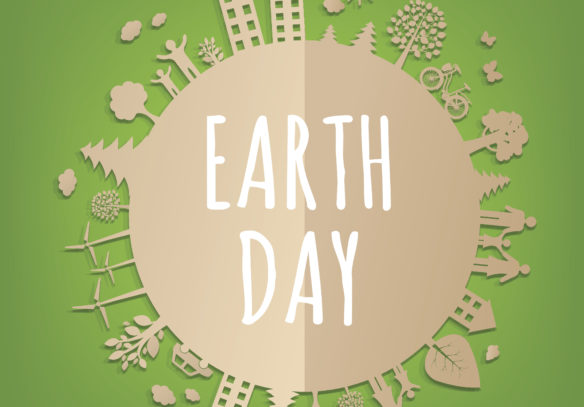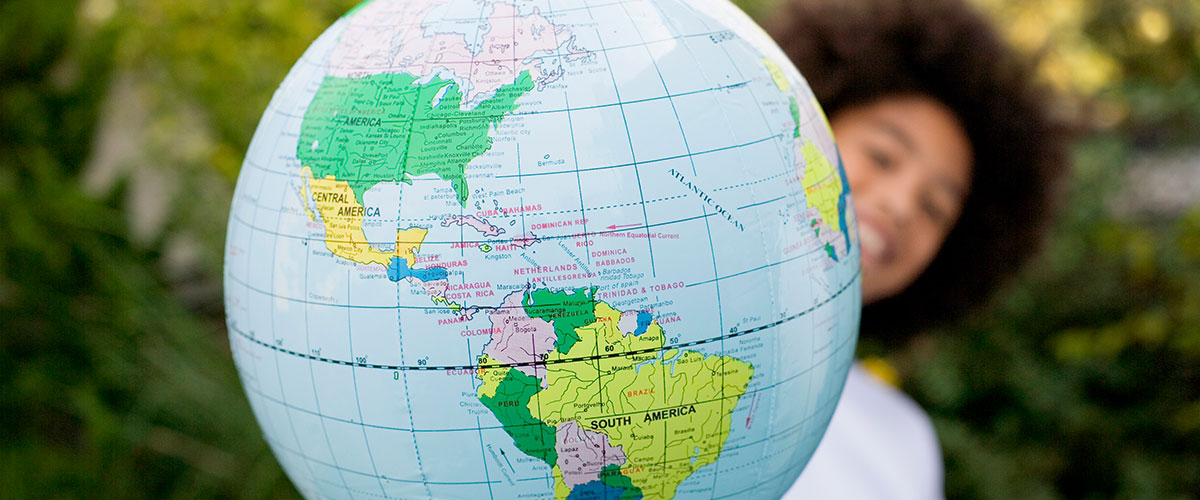Did you know that 30-40% of the food produced globally is thrown away? That amounts to about 20 lbs. of food per month per person in the U.S. alone.
The financial cost to consumers – who spend $144 billion on food they throw away – is significant, but so too is the environmental impact. Growing, producing and transporting food requires fresh water, fertilizer and land, and contributes to emissions and pollution.
When we throw food away, not only do we waste precious resources, but we also throw away valuable nutrients. Here are tips for minimizing the food we waste at home and maximizing our nutrient intake and our grocery dollars:

Savor the stems
- Instead of throwing away broccoli stalks, shave them with a vegetable peeler or slice them into thin rounds, then roast them in the oven for a tasty, crunchy snack. Or, try adding broccoli to a baked potato with broccoli stalks that might otherwise be thrown away.
- When a recipe calls for kale, collard, or chard leaves, don’t throw away the stems once you remove them. Instead, chop them for a stir fry, shred them for coleslaw, or sauté them on the stove for a bit longer than you would the greens.
The freezer is your friend
- If you know you can’t eat an entire loaf of whole grain bread before it gets moldy or stale, freeze the entire sliced loaf. Each slice will defrost quickly when you want it and will taste fresh and soft.
- When you open a container of broth and only use a portion, try freezing the excess in an ice-cube tray (just remember to label it so you don’t wonder why your ice is discolored!)
Blend, blend, blend
- When fruit is past its prime, it’s time for a smoothie. You can mix all kinds and proportions of fruits – and even vegetables – into a smoothie. If you’re not in the mood, toss the fruit in the freezer so you have smoothie ingredients at-the-ready when you want a cool, tasty treat. Try the breezy banana strawberry smoothie with softening strawberries or browning bananas, or simply blend whatever fruit you have.
- Do you ever buy fresh herbs, but only use a fraction for a recipe? Try blending the remaining herbs and stems with a little oil for a quick and easy pesto. You can also blend in other herbs, as well as nuts and spices that might otherwise be wasted. Freeze the pesto in small containers and defrost as needed for an easy-access toast-topper, pasta sauce, sandwich spread or veggie topping.
Set up your snacks
- We often mean to snack on fruits and vegetables, but sometimes it’s a hassle to prepare them when we’re hungry or in a hurry. Before we know it, those fruits and vegetables have spoiled and we don’t see them again until we throw them in the trash. When you get home from the grocery store, take 10 minutes to chop and wash your fruits and veggies so they’re in snackable portions before the snack cravings hit.
- Keep your cut-up fruit and vegetable snacks in clear containers in the front of your fridge. Seeing them every time you open the refrigerator door will remind you to eat them before they go bad.
- Don’t forget the dip! Having fruity yogurts, peanut butter, and hummus on hand will help make those fruits and veggies even more appealing for a quick snack – which will help you and your family eat them before they spoil.
Finding ways to use fruit and vegetable scraps and other healthy foods we often waste can open our eyes (and our stomachs) to delicious new dishes, while helping save money and the planet at the same time.
Since everyone’s health history and nutritional needs are so different, please make sure that you talk with your doctor and a registered dietitian to get advice about the diet and exercise plan that‘s right for you.
Note: Since everyone’s health history and nutritional needs are so different, please make sure that you talk with your doctor and a registered dietitian to get advice about the diet and exercise plan that‘s right for you.

